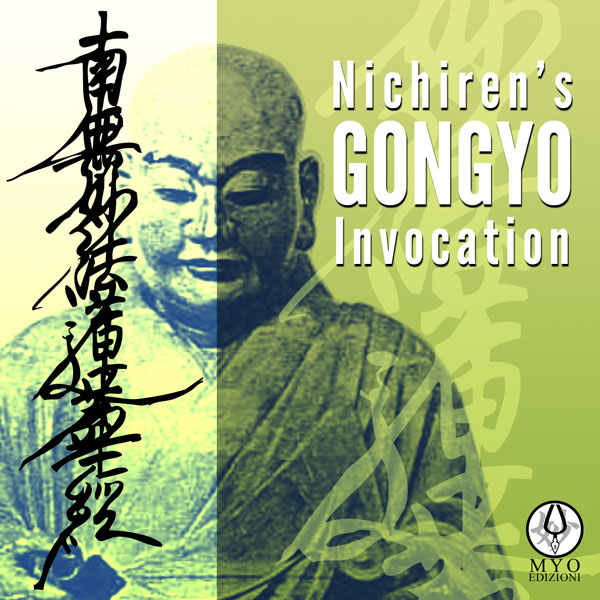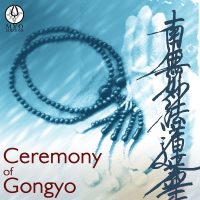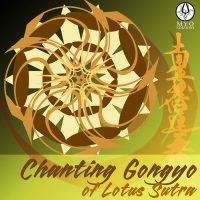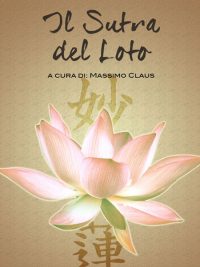Description
AUTHOR:
This publication is designed to facilitate and support the daily practice of the Gongyo of Nichiren Daishonin’s school members, or for those who follow his teaching not being part of any school.
THE GONGYO
The liturgical practice performed by followers Nichiren Daishonin’s Buddhism is generally carried out twice a day (morning and evening) in front of the altar, which can be that of a temple or one at home (butsudan) – this is in fact a practice that it is carried out both by laics and by monks.
Performing Gongyo means to chant the Hoben and Juryo chapters of the Lotus Sutra (which are respectively the second and sixteenth chapters). Along with this invocation, the Daimoku, Nam Myoho Renge Kyo is also chanted, considered the main and most important practice.
Nichiren Daishonin
Nichiren Daishonin (1222-1282), is the founder of a Buddhism practiced by the members of many Buddhist schools, such as Soka Gakkai, Rissho Kosei Kai, Nichiren Shu or Nichiren Shoshu.
Born of a family of fishers, he began his monastic training in a temple called Seicho-ji at the age of 12 and became a member of the clergy at the age of 16. Since then, he devoted himself to the study of sutras and teachings of various schools, visiting the largest Buddhist centers in Japan.
On April 28, 1253, at the age of 32, Nichiren Daishonin announced the conclusion of his studies by declaring that the heart of Shakyamuni’s enlightenment is within the Lotus Sutra. He defined this law Nam Myoho Renge Kyo, stating that it is the only teaching able to lead all people to enlightenment.








 Italiano
Italiano
Reviews
There are no reviews yet.